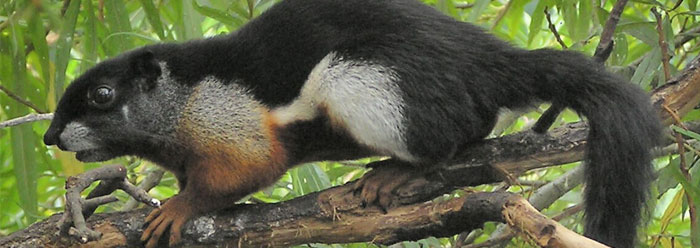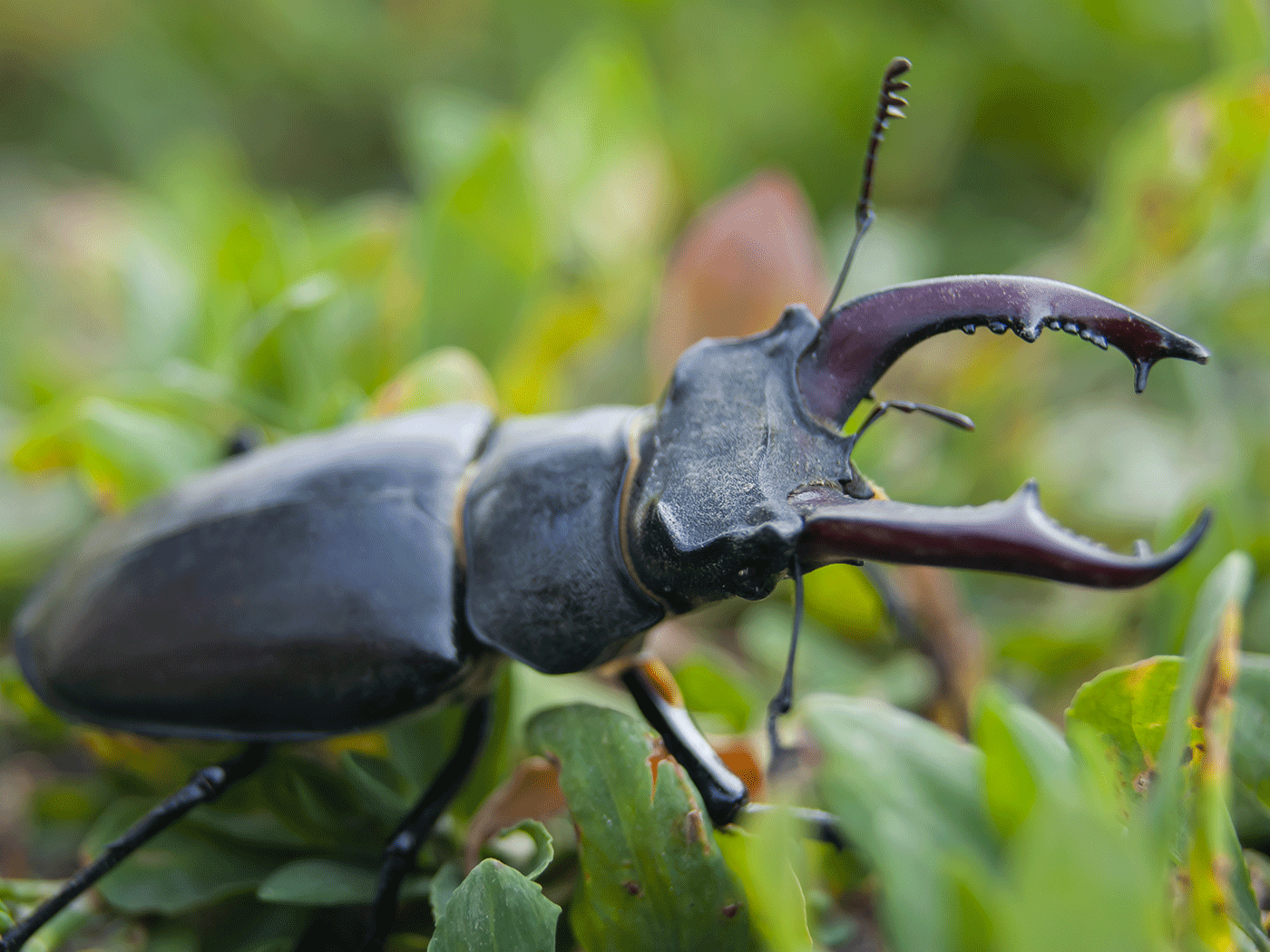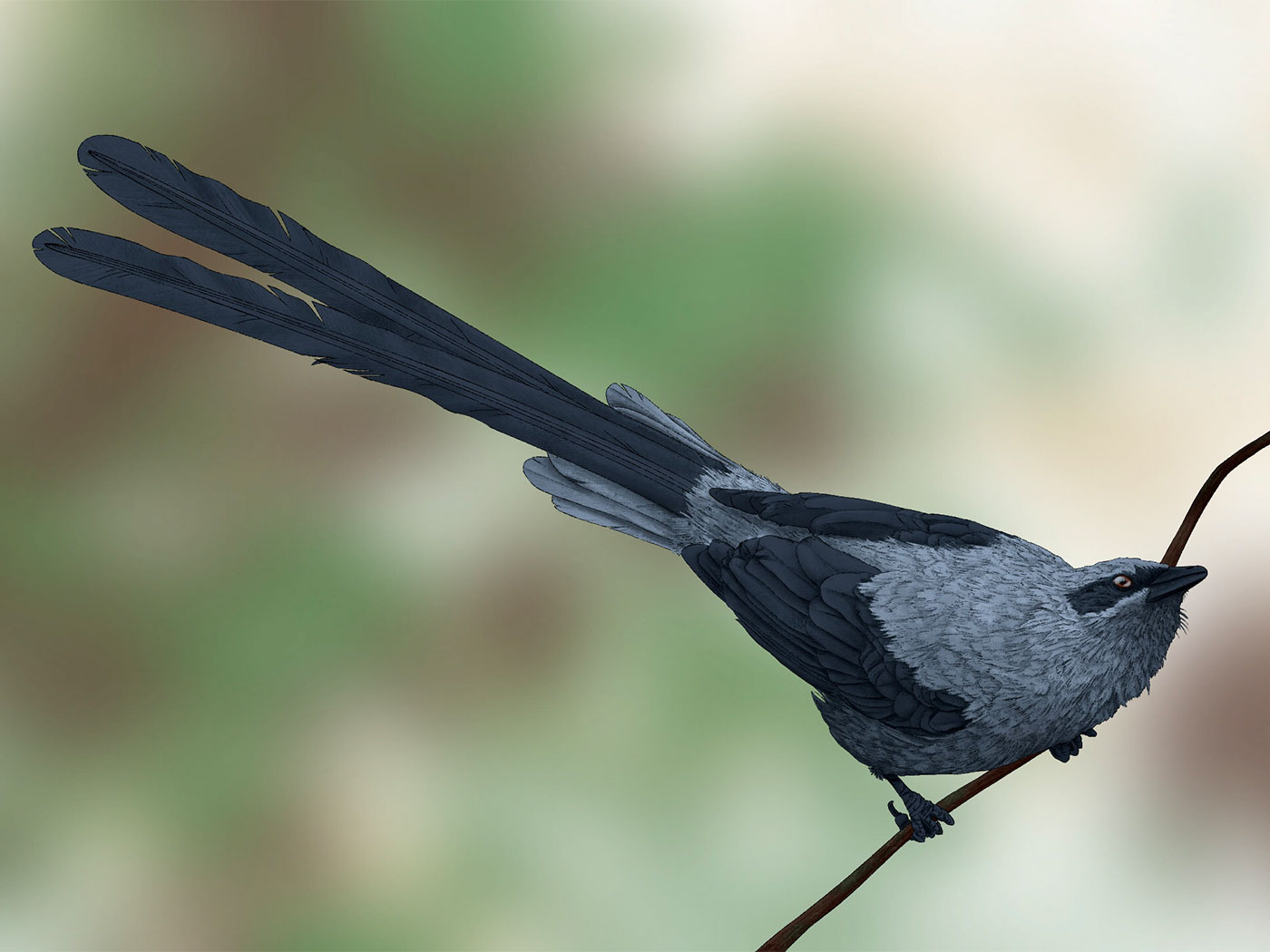Every year, a few fortunate paleontologists discover fossils that closely resemble living creatures, and 2014 was no exception. In fact, it was a banner year for finding modern-looking fossils in what secular scientist believe to be very old rocks. Here are a few notable examples.
In March, scientists reported fossilized plant chromosomes—fern DNA fossilized inside exquisitely preserved cells.1 After 180 million supposed years, secularists expected evolution to have somehow affected the number, lengths, or arrangements of these plant chromosomes, but the team found no difference between the fossil chromosomes and those of living royal ferns. In other words, they found no hint of evolution—a puzzling if not spectacular find.2
Stenopodideans mostly look like shrimp, except they have huge third legs instead of oversize first legs like modern shrimp. This feature made them easy to identify for a team that described fossil stenopodideans this year.3 The fossils showed no evidence of whole new body parts evolving that would indicate a transformation from one kind of creature into another kind.
Other researchers had found stenopodideans in Jurassic system rocks, but the new discovery instantly inflated the conventional age range of these wonderfully stable creature forms to 360 million years. Could evolution really have done so little change to these unique creatures after so long?4
Another arthropod broke the evolutionary mold of constant change by remaining the same after 52 million supposed years. Like its fossilized cousins, the modern ant beetle maintains an array of special features, including tiny spike-like projections for ants to constantly inspect as it lives its whole life cycle unnoticed inside an ant colony.5
Squirrels are more familiar creatures to most people than oddball arthropods, and this year researchers described squirrel look-alikes from dinosaur-bearing rocks in China.6 These amazing fossils now join a growing list of modern mammal forms found in the same strata as dinosaur fossils, including Tasmanian devils, treeshrews, beavers, and groundhogs. Have squirrels been squirrels since the very beginning? The fossils say "yes."7
Two more 2014 discoveries really astonished those interested in the growing number of what Charles Darwin called "living fossils," including some possible time record-breakers. Researchers investigating seafloor worm fossils from Russian bore holes found intricate tissues exactly matching those of today's beard worms.8 This would come as no shock if the fossil were only thousands of years old, but its 550 million-year age assignment shatters credibility.9
In our final example, biologists discovered mushroom-like animals alive on the sea floor off Australia's southern coast, then matched these newfound body forms to known fossils from Ediacaran rocks bearing the conventional label of 550 million years.10 We asked when reporting this find, "How will secular biologists explain that evolution had no effect on it over the course of 550 million years?"11
None of the evolution Darwinists expected showed up in these newly discovered or newly extended living fossils. Instead, each find confirms the Bible's record of God having created creatures to reproduce after their own kinds from the beginning not that long ago.
References
- The team cited calcification as the specific means of preservation, likely involving mineral-rich waters. Bomfleur, B., S. McLaughlin, and V. Vajda. 2014. Fossilized Nuclei and Chromosomes Reveal 180 Million Years of Genomic Stasis in Royal Ferns. Science. 343 (6177): 1376-1377.
- Thomas, B. Fossil Plant Chromosomes Look Modern. Creation Science Update. Posted on icr.org April 16, 2014, accessed December 29, 2014.
- Jones, W. T. et al. 2014. The first Paleozoic stenopodidean from the Huntley Mountain Formation (Devonian-Carboniferous) north-central Pennsylvania. Journal of Paleontology. 88 (6): 1251-1256.
- Thomas, B. Ghost Lineage Spawns Evolution Ghost Story. Creation Science Update. Posted on icr.org December 4, 2014, accessed December 29, 2014.
- Thomas, B. Amazing Ant Beetle Same Today as Yesterday. Creation Science Update. Posted on icr.org December 18, 2014, accessed December 29, 2014.
- Bi, S. et al. 2014. Three new Jurassic euharamiyidan species reinforce early divergence of mammals. Nature. 514 (7524): 579-584.
- Thomas, B. Jurassic Squirrels? Creation Science Update. Posted on icr.org October 3, 2014, accessed December 29, 2014.
- Moczydlowska, M., F. Westall, and F. Foucher. 2014. Microstructure and Biogeochemistry of the Organically Preserved Ediacaran Metazoan Sabellidites. Journal of Paleontology. 88 (2): 224-239.
- Thomas, B. Wonder Worm. Creation Science Update. Posted on icr.org April 23, 2014, accessed December 29, 2014.
- Just, J., R. M. Kristensen, and J. Olesen. 2014. Dendrogramma, New Genus, with Two New Non-Bilaterian Species from the Marine Bathyal of Southeastern Australia (Animalia, Metazoa incertae sedis) – with Similarities to Some Medusoids from the Precambrian Ediacara. PLoS ONE. 9 (9): e102976.
- Thomas, B. 550 Million Years of Non-Evolution? Creation Science Update. Posted on icr.org December 8, 2014, accessed December 29, 2014.
Image credit: Karakal (Wikipedia). Adapted for use in accordance with federal copyright (fair use doctrine) law. Usage by ICR does not imply endorsement of copyright holders.
* Mr. Thomas is Science Writer at the Institute for Creation Research.
Article posted on January 8, 2015.
























